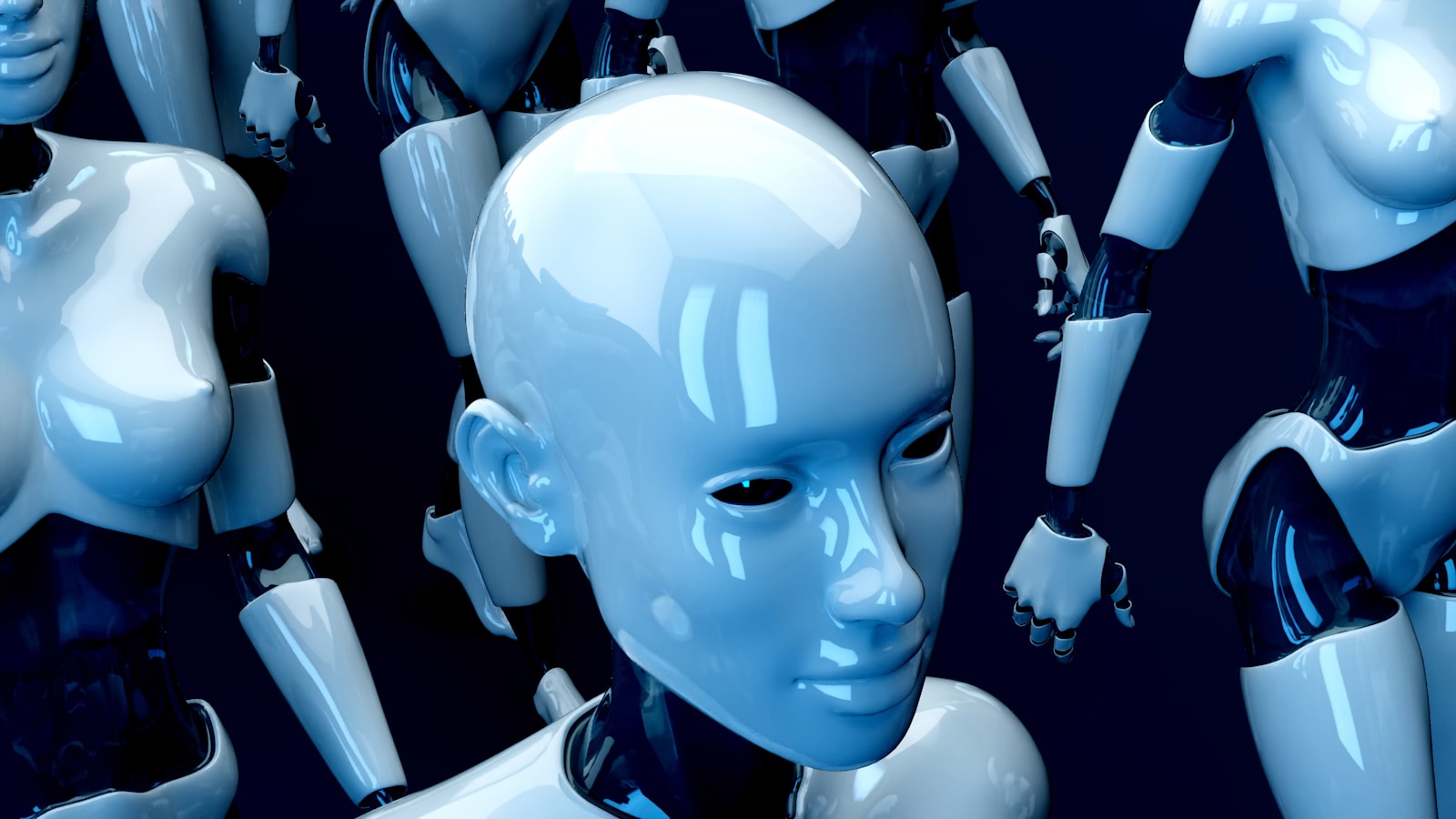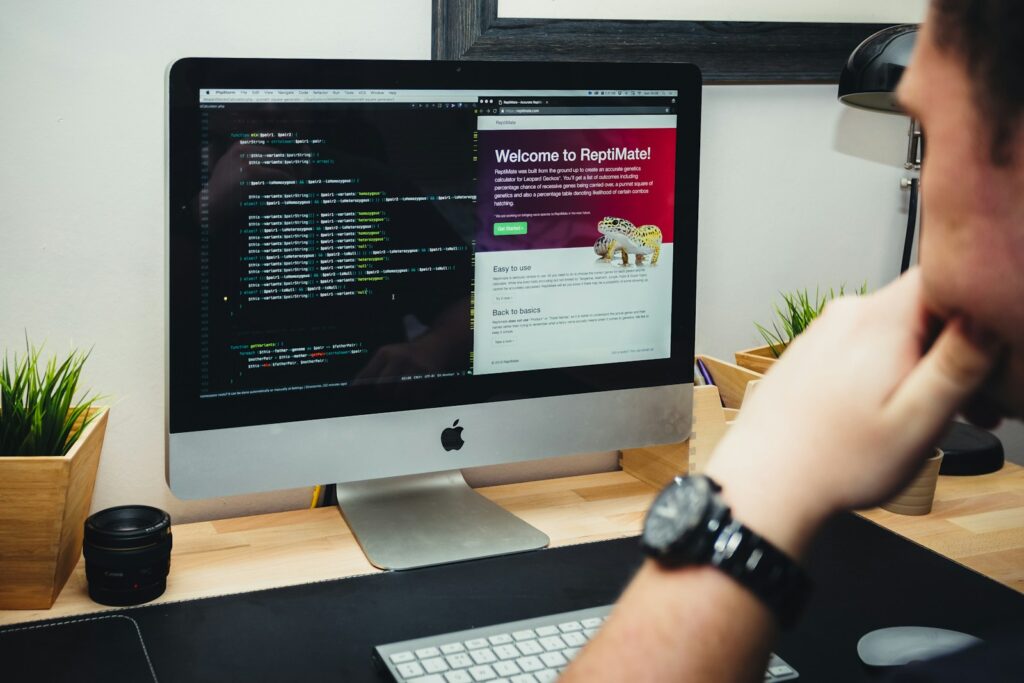As an entrepreneur, innovator, and AI enthusiast, I’ve witnessed firsthand the incredible advancements that artificial intelligence (AI) has brought to various industries. From revolutionizing web development to empowering education through platforms like LearnyHive, AI has undoubtedly reshaped our world. However, amidst the excitement and promise of AI, there looms a significant question: what is the biggest danger of AI?
Understanding the Potential Risks
Before delving into the dangers of AI, it’s essential to acknowledge its immense potential. AI technologies have the power to enhance efficiency, improve decision-making processes, and drive innovation across diverse sectors. From predictive analytics to natural language processing, AI algorithms have demonstrated remarkable capabilities, enabling us to solve complex problems and achieve feats once thought impossible.
Ethical Implications and Bias
One of the most prominent dangers associated with AI revolves around ethical implications and bias. As AI systems rely heavily on data for training and decision-making, they can inadvertently perpetuate or even exacerbate existing biases present in the data. Whether it’s racial, gender, or socioeconomic bias, AI algorithms may reflect and amplify these prejudices, leading to unfair outcomes and reinforcing systemic inequalities.
For instance, in the field of criminal justice, AI-powered tools used for risk assessment and sentencing recommendations have been criticized for disproportionately targeting marginalized communities. Similarly, in hiring practices, AI-driven algorithms may inadvertently discriminate against certain demographic groups, perpetuating bias in employment opportunities.
Autonomous Weapons and Warfare
The development of autonomous weapons represents another significant concern in the realm of AI. As technology advances, we’re witnessing the emergence of lethal autonomous weapons systems (LAWS) capable of identifying and engaging targets without human intervention. The deployment of such weapons raises profound ethical questions regarding accountability, oversight, and the potential for catastrophic consequences.
Moreover, the proliferation of autonomous weapons could escalate conflicts and undermine international security, as nations race to develop increasingly sophisticated AI-driven military capabilities. Without robust regulations and international agreements in place, the unchecked advancement of autonomous weapons poses a grave threat to global stability and the sanctity of human life.
Job Displacement and Economic Disruption
While AI holds the promise of automating mundane tasks and augmenting human capabilities, it also poses a significant risk of job displacement and economic disruption. As AI technologies continue to evolve, there’s a growing concern that automation could lead to widespread unemployment across various industries, particularly in sectors reliant on repetitive or routine tasks.
Furthermore, the unequal distribution of the benefits of AI-driven automation could exacerbate socioeconomic disparities, widening the gap between the wealthy elite and the working class. Without proactive measures to address the potential ramifications of job displacement, such as reskilling and upskilling initiatives, societies risk facing profound economic upheaval and social unrest.
Threats to Privacy and Surveillance
The widespread adoption of AI-powered surveillance systems presents another pressing danger, particularly concerning individual privacy rights and civil liberties. From facial recognition technologies to predictive analytics, AI algorithms deployed for surveillance purposes have the capacity to infringe upon personal freedoms and enable mass surveillance on an unprecedented scale.
In the absence of robust regulations and safeguards, the unchecked proliferation of AI-driven surveillance poses a significant threat to democratic principles and fundamental human rights. Without adequate protections in place, individuals risk being subjected to constant monitoring and pervasive intrusion into their private lives, eroding trust in institutions and undermining democratic norms.
Conclusion: Navigating the Future of AI
While the potential dangers of AI are indeed formidable, it’s essential to recognize that they are not insurmountable. As we navigate the complexities of AI-driven technologies, it’s imperative to adopt a proactive approach that prioritizes ethical considerations, promotes transparency, and fosters inclusivity.
Platforms like LearnyHive and UnikBrushes serve as examples of how AI can be harnessed for positive change, empowering individuals and driving innovation in education and web development, respectively. By embracing responsible AI practices and advocating for ethical frameworks, we can harness the transformative potential of AI while mitigating its inherent risks, ensuring a more equitable and sustainable future for all.
As we continue to chart the course forward in the age of AI, let us remain vigilant, collaborative, and committed to shaping a future where technology serves humanity’s best interests, fostering progress, and prosperity for generations to come.




